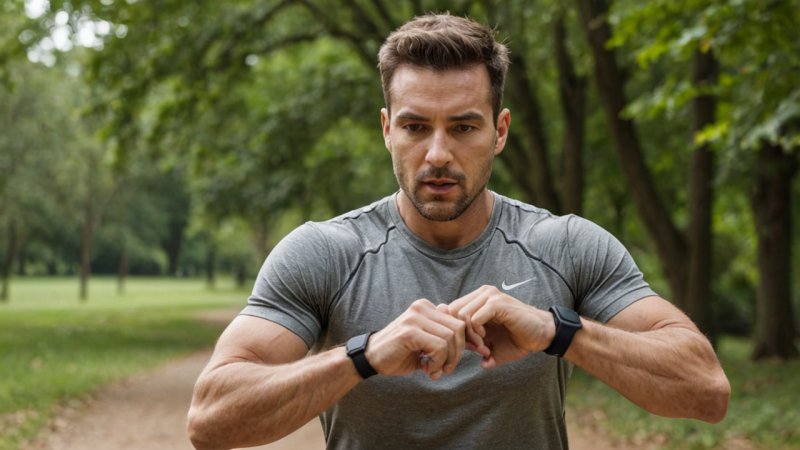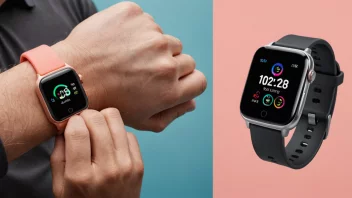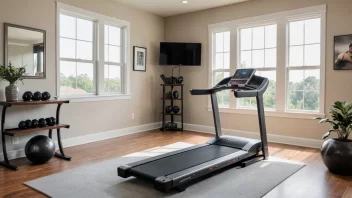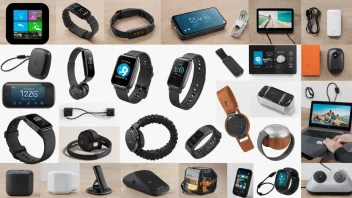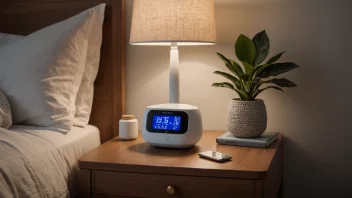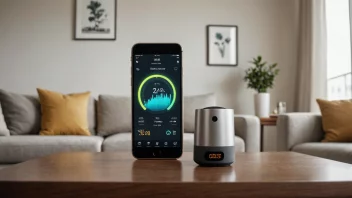Introduction
In today's tech-driven world, fitness technology has become an integral part of our health and wellness routines. From wearable fitness trackers to mobile health apps, these devices can provide valuable data about our physical activity, sleep patterns, and overall health. However, as beneficial as these tools can be, it’s crucial to establish boundaries to prevent reliance on them and ensure a balanced approach to fitness. In this article, you will learn how to set healthy boundaries with your fitness tech usage to enhance your well-being without becoming overwhelmed.
Step 1: Assess Your Current Usage
Before setting boundaries, it’s essential to understand how you currently use fitness technology. Take some time to reflect on your habits.
- Track Your Time: Keep a log of how much time you spend using fitness devices or apps daily.
- Identify Triggers: Note when you feel the most compelled to check your devices—after workouts, during meals, or before bed.
- Evaluate Emotions: Pay attention to how using these technologies makes you feel. Do you feel motivated, pressured, or anxious?
Step 2: Define Your Goals
Understanding your fitness goals is crucial in determining how technology fits into your routine.
- Set Clear Objectives: Decide what you want to achieve with your fitness journey. Is it weight loss, muscle gain, or overall health improvement?
- Prioritize Your Well-Being: Ensure that your goals consider mental health and stress levels. Remember, fitness is about balance.
- Document Your Goals: Write down your goals and keep them visible to help maintain focus and prevent over-reliance on tech.
Step 3: Create Tech-Free Time
Establishing periods of time when you refrain from using fitness tech can help you disconnect and assess your natural progress.
- Daily Breaks: Set specific times during the day, such as during meals or family time, to put away your devices.
- Device-Free Days: Consider designating one day a week as a tech-free day to engage in physical activities without tracking.
- Mindful Movement: Practice exercises like yoga or hiking without devices, focusing solely on the experience.
Step 4: Limit Notifications and Alerts
Fitness apps and wearables can bombard you with notifications, which can lead to anxiety and distraction.
- Customize Alerts: Go through your app settings and disable non-essential alerts. Keep only those that genuinely motivate you.
- Schedule Check-Ins: Instead of constant notifications, set specific times to check your stats or progress.
- Use Do Not Disturb Mode: Activate this feature during workouts or relaxation periods to minimize distractions.
Step 5: Foster a Balanced Mindset
The mindset you adopt towards fitness technology significantly impacts how you engage with it.
- Practice Gratitude: Appreciate technology as a tool, not a determinant of your self-worth or progress.
- Embrace Flexibility: Understand that it’s okay to deviate from your fitness plan and listen to your body’s needs.
- Seek Support: Share your feelings about tech usage with friends or a fitness community to gain perspective and support.
Step 6: Review and Adjust Regularly
Setting boundaries is an ongoing process. Regularly review your tech usage and adjust your boundaries as necessary.
- Conduct Monthly Reviews: Assess how your fitness tech usage aligns with your goals and well-being.
- Be Open to Change: If you feel that your boundaries aren’t serving you, don’t hesitate to modify them.
- Celebrate Success: Acknowledge your achievements, both with and without technology, to reinforce a healthy relationship with fitness.
Conclusion
Setting boundaries with your fitness technology usage is essential for maintaining a balanced and healthy approach to fitness. By assessing your current usage, defining your goals, creating tech-free time, limiting notifications, fostering a balanced mindset, and regularly reviewing your habits, you can enhance your fitness journey without becoming overwhelmed by technology. Remember, the ultimate goal is to improve your well-being, so prioritize what works best for you!
